Coming Soon ...
2.4.1
Fermentation process I
Level 2 - Lead Farmers
Introduction

1. You will learn about...
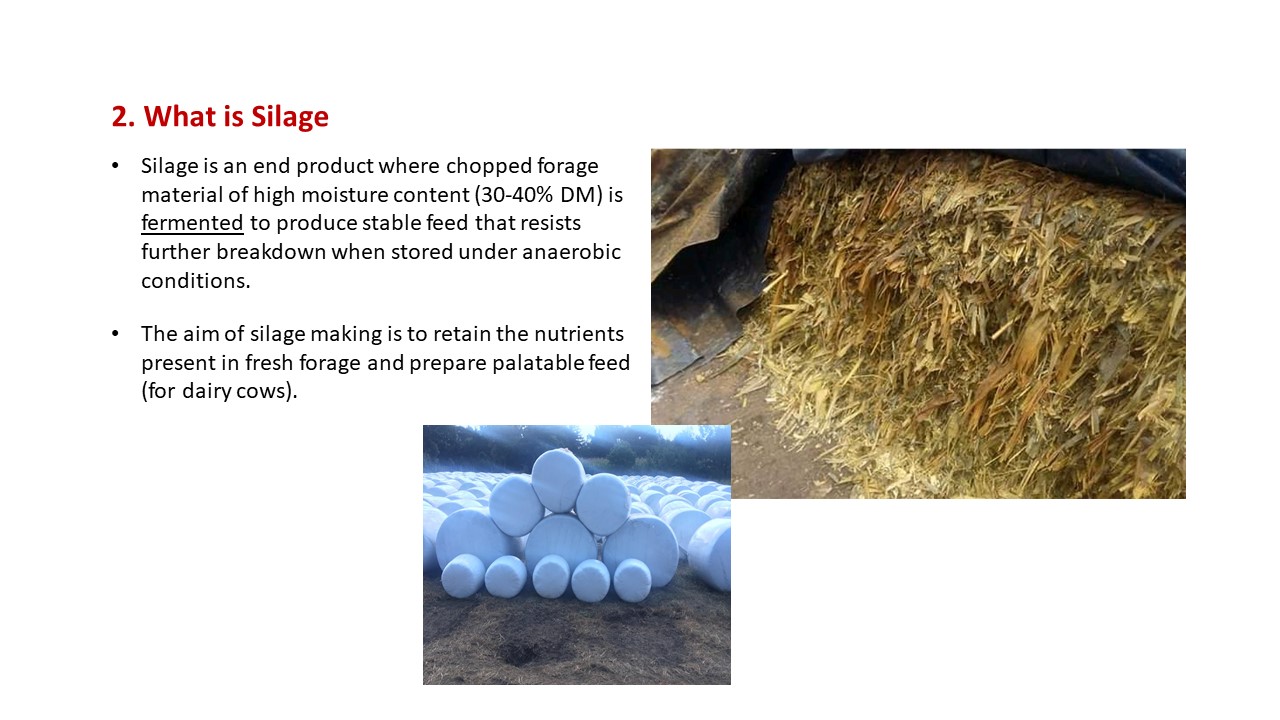
2. What is silage
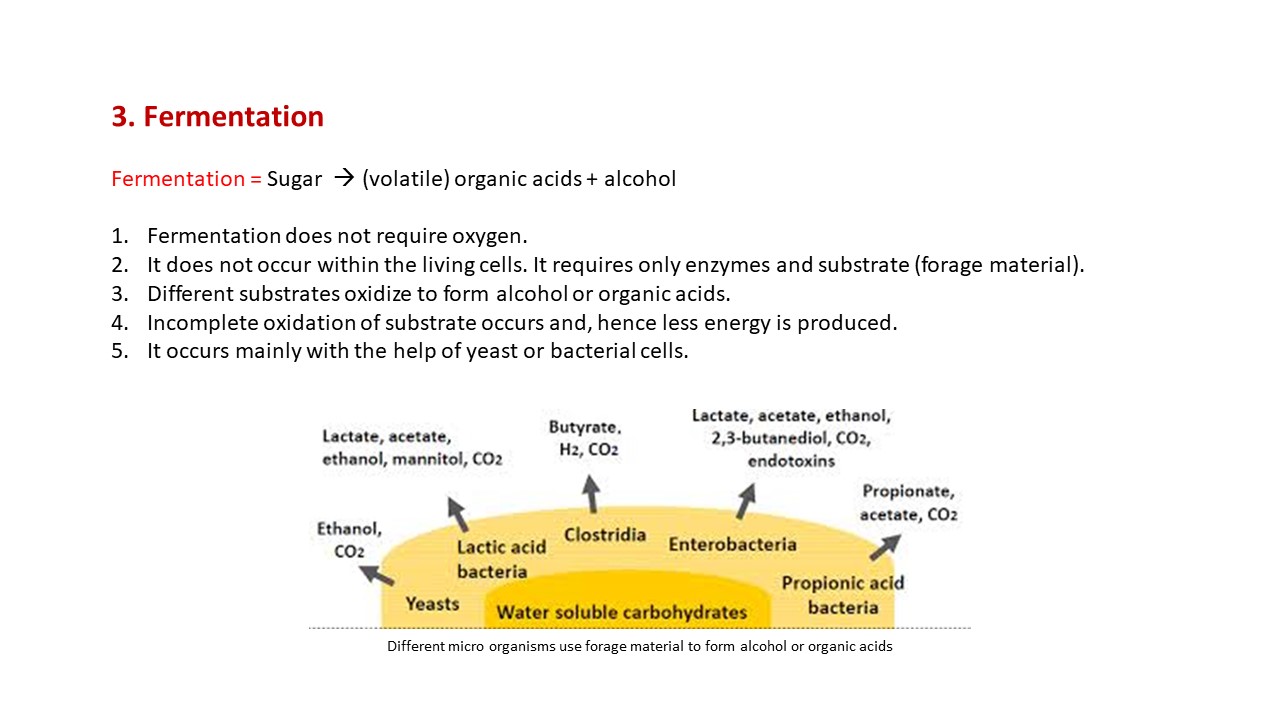
3. Fermentation
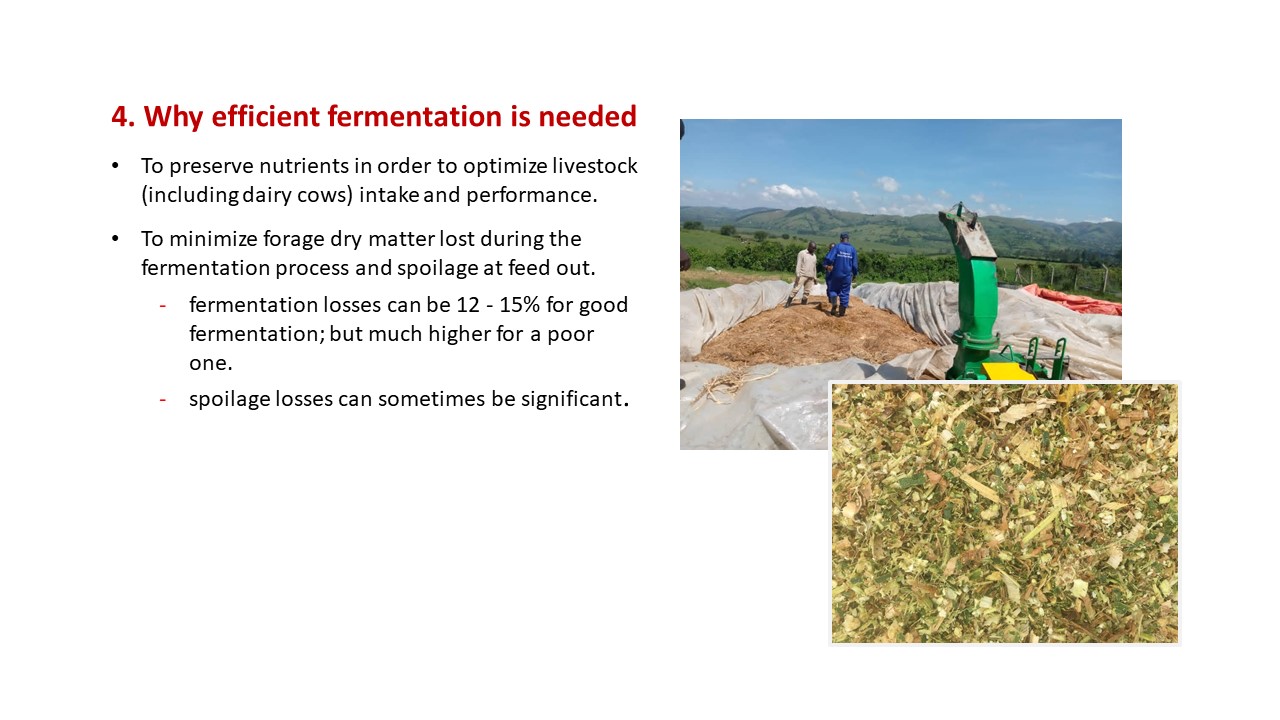
4. What efficient fermentation is needed
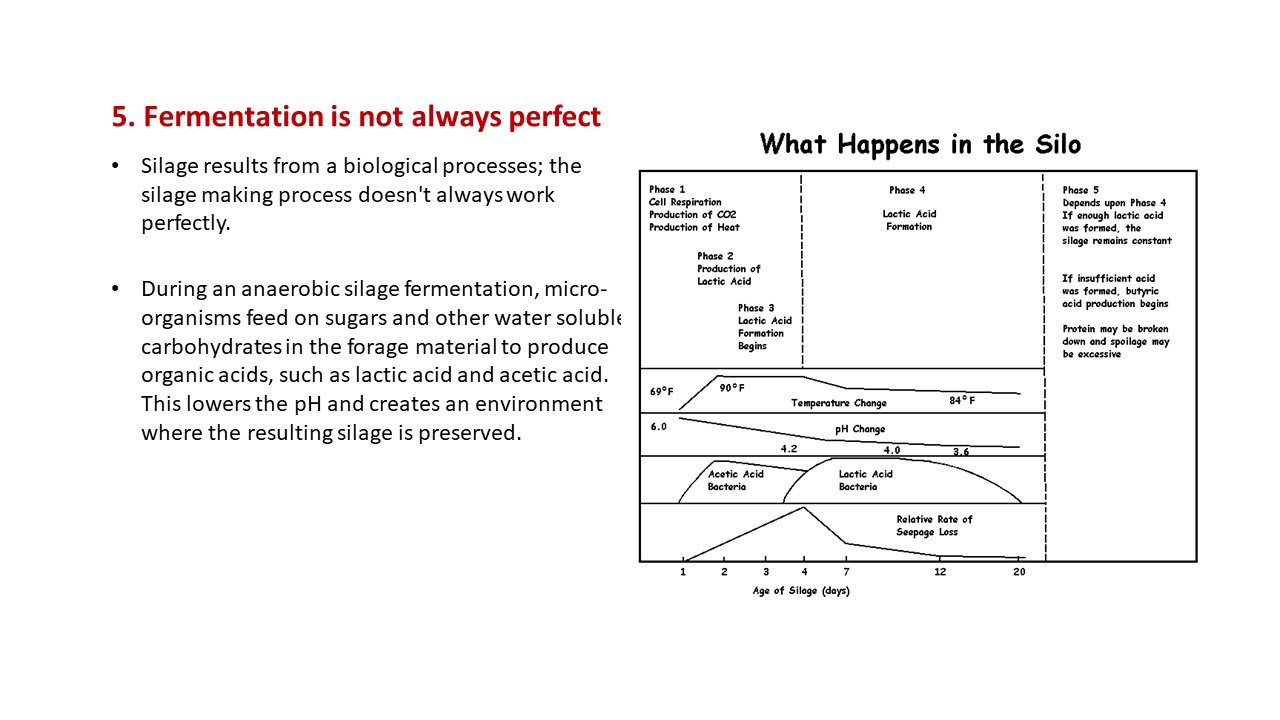
5. Fermentation is not always perfect

6. Respiration

7. Respiration cont...
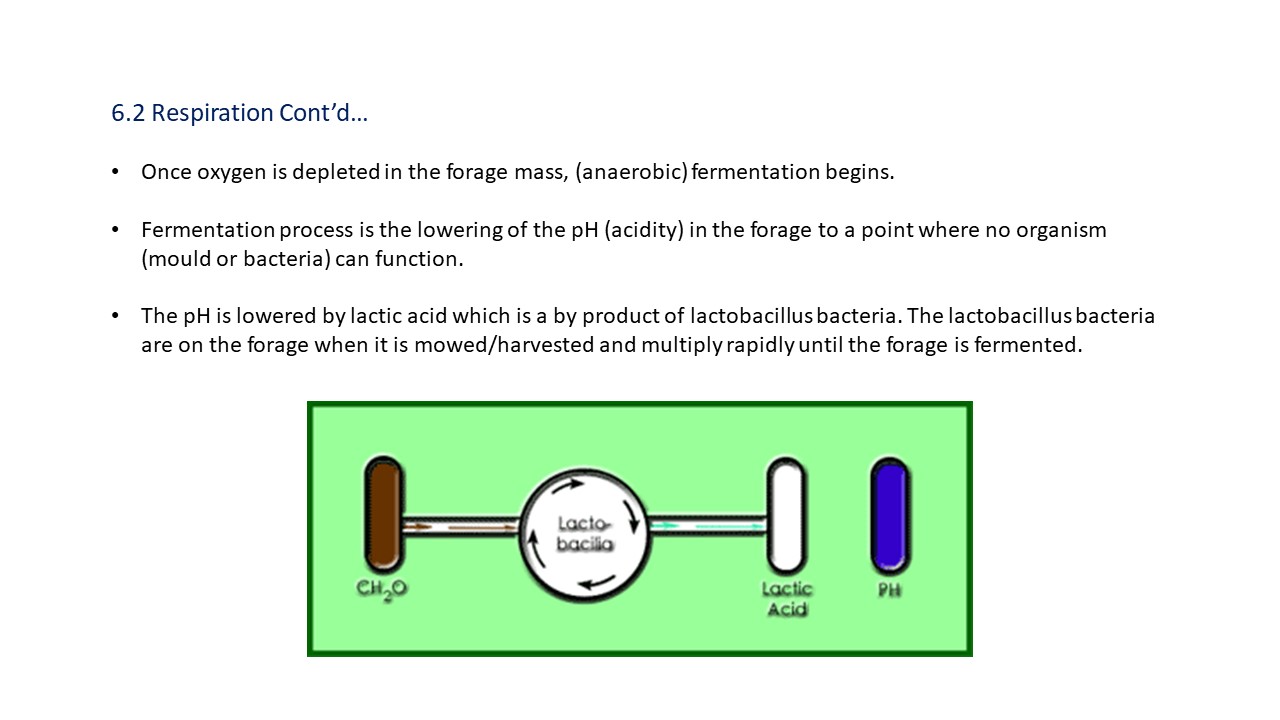
8. Respiration cont...
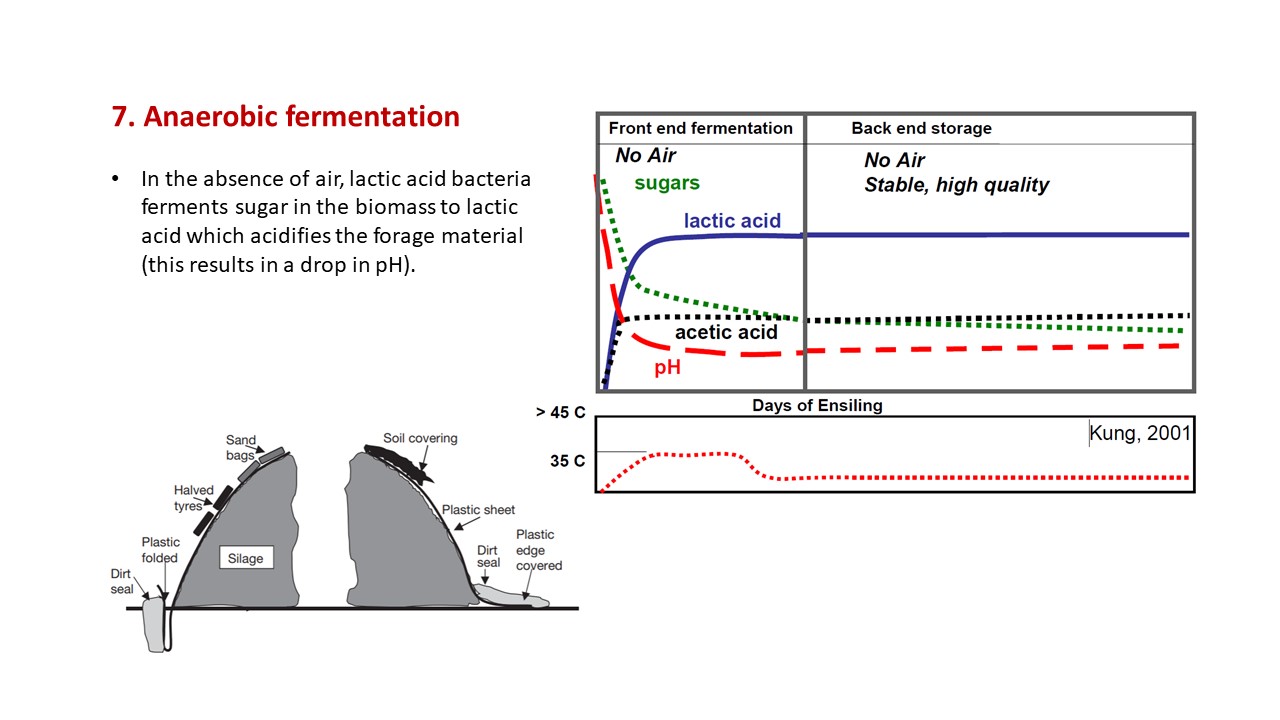
9. Anaerobic fermentation
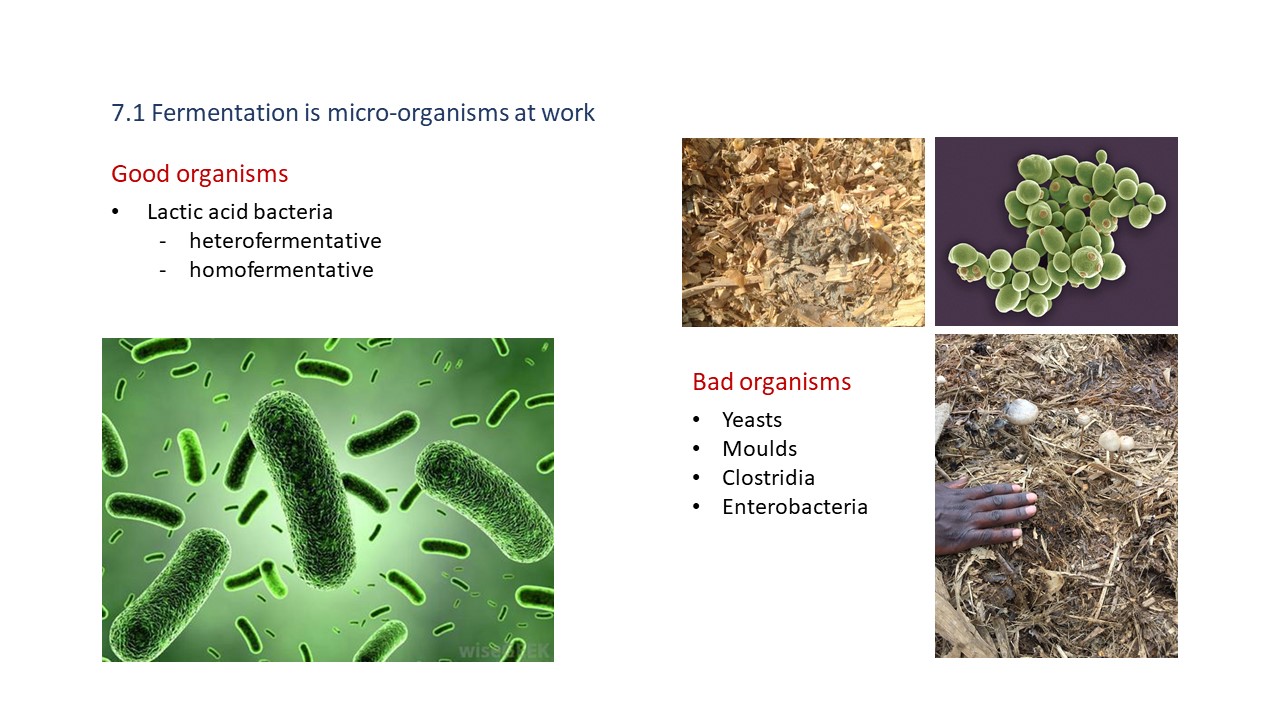
10. Good organisms
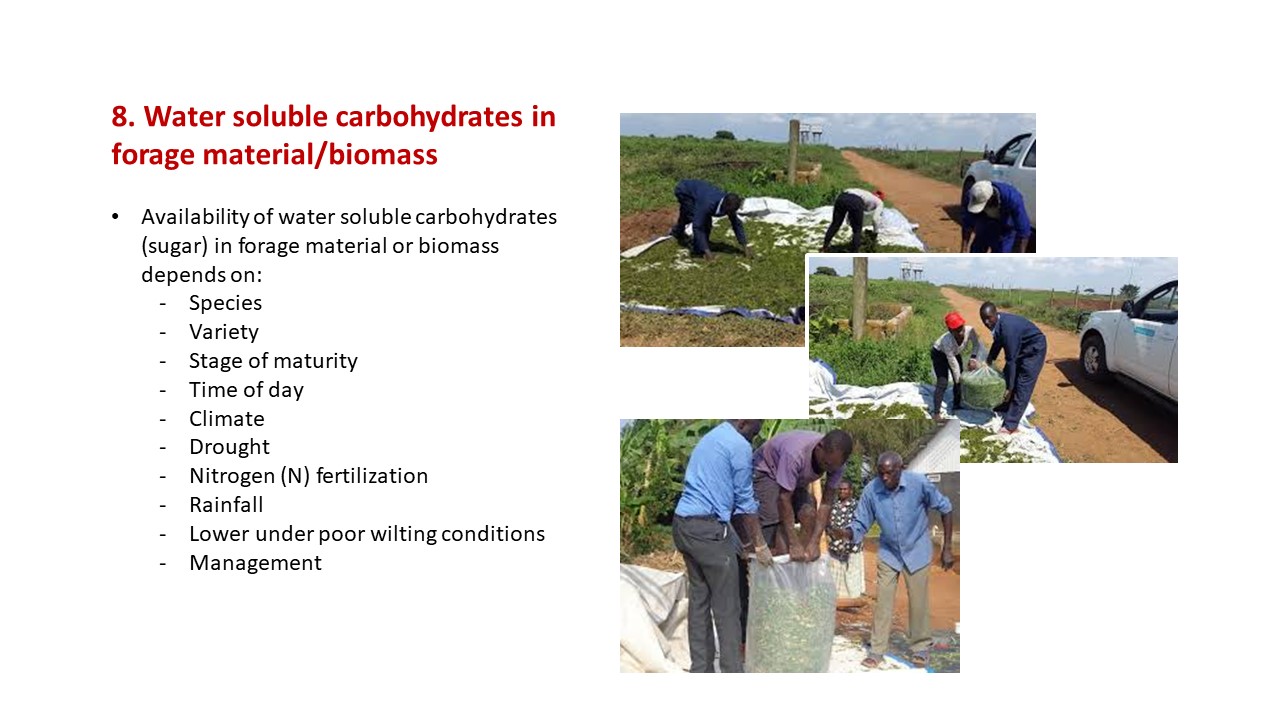
11. What is soluble carbohydrates in forage material/biomass

12. Water soluble carbohydrates in forage crops
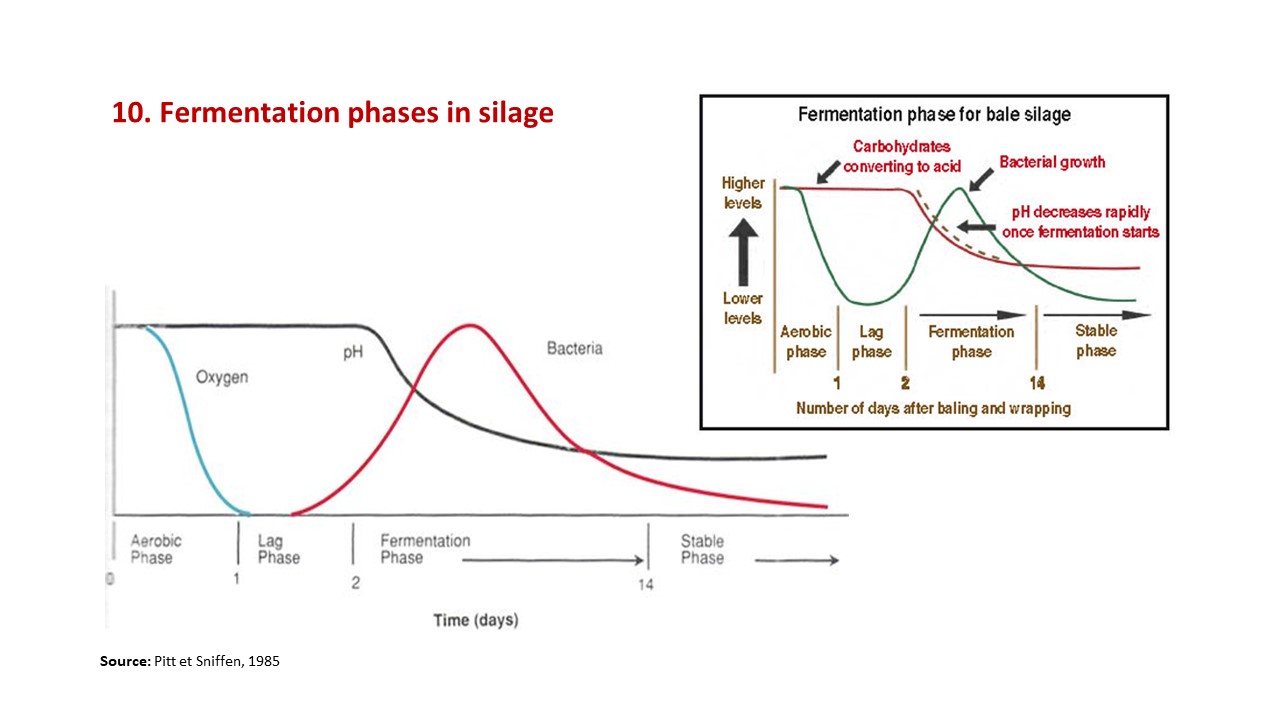
13. Fermentation phases in silage
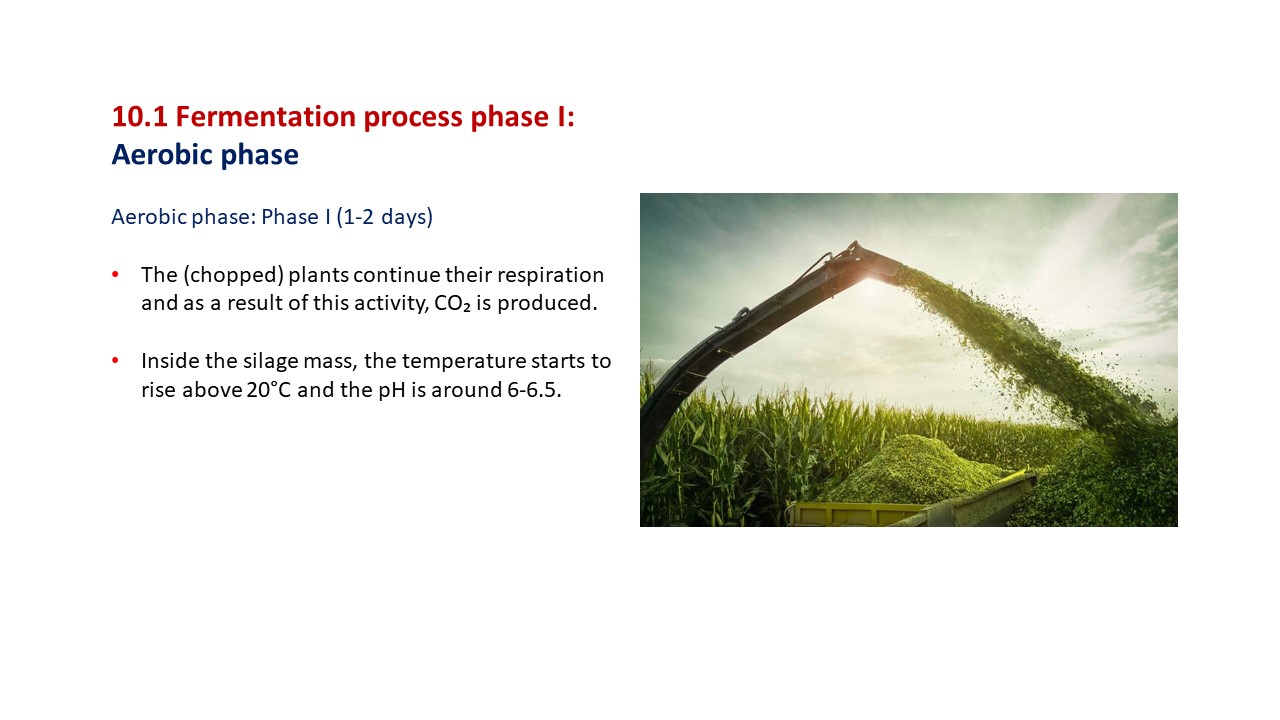
14. Fermentation process phase I : Aerobic phase
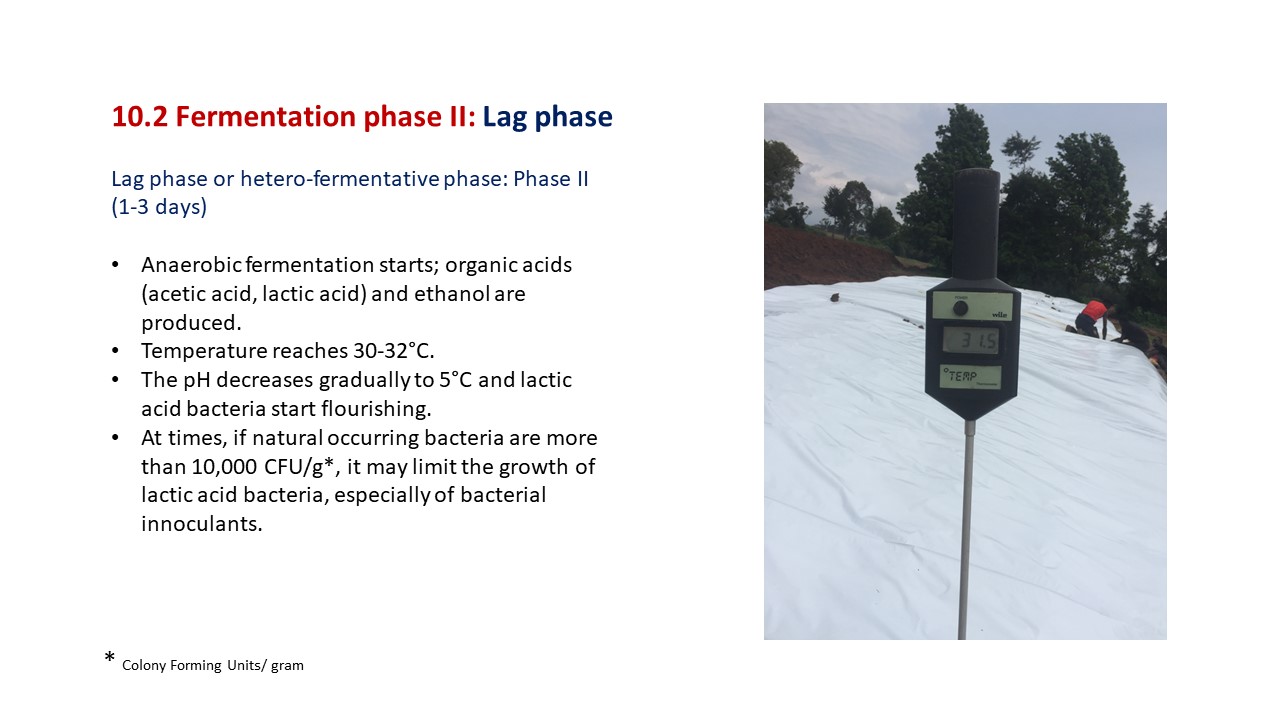
15. Fermentation phase II: Lag phase

16. Fermentation phase III: Homo-fermentative phase

17. Fermentative phase IV: Stable phase
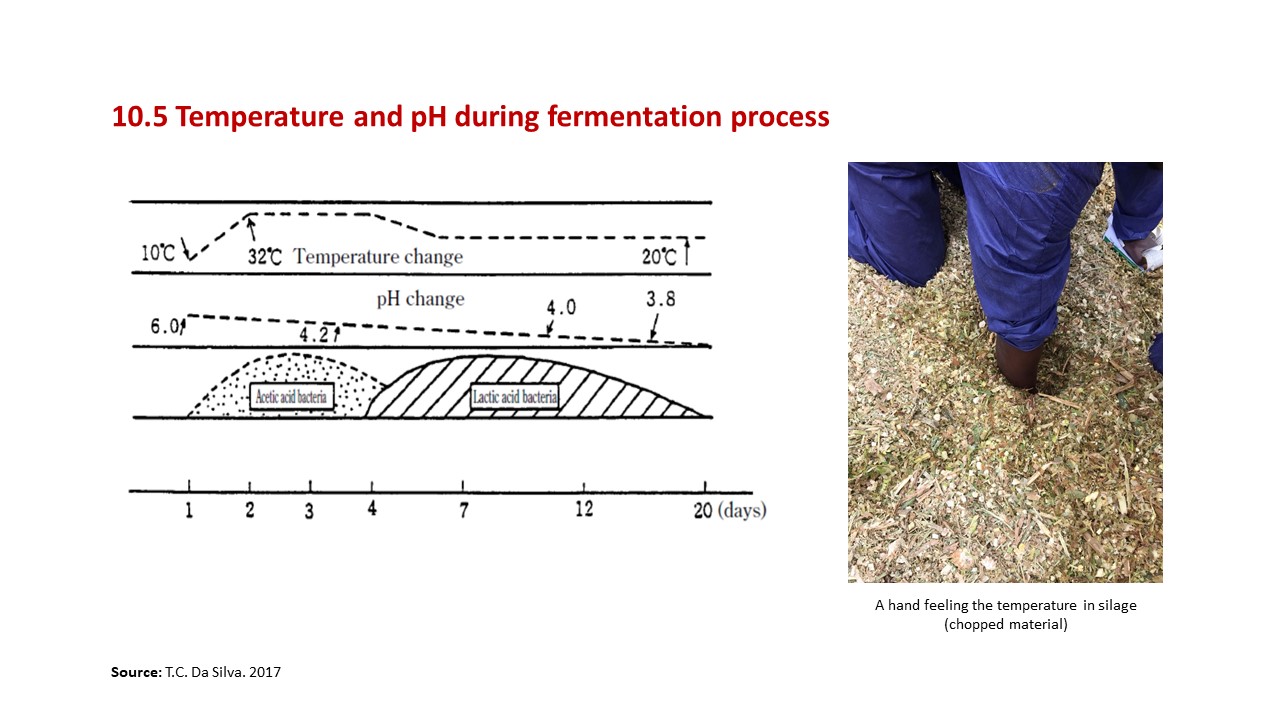
18. Temperature and pH during fermentative process

19. Fermentation phases: Good vs bad silage

20. Factors influencing fermentation
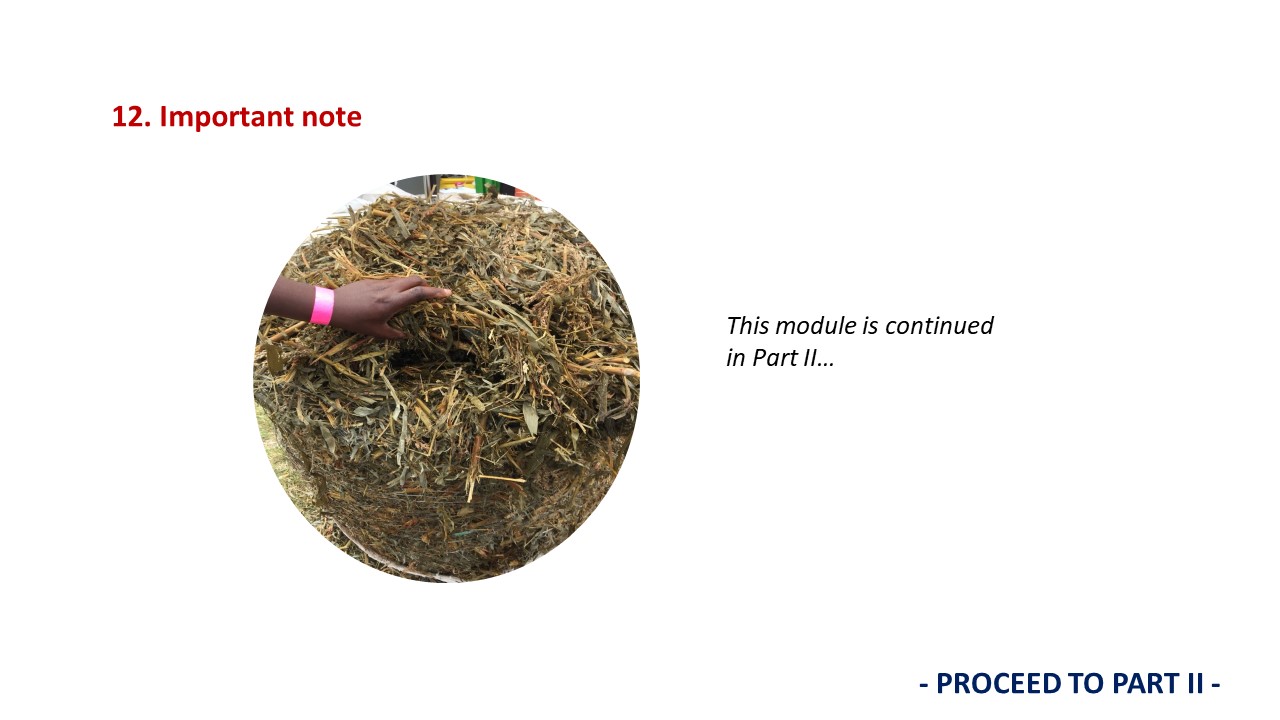
21. Important note




















